Every Airplane Requires a Checkout
December 2021
|Flying
Embrace the challenge of mastering a new machine.

A pilot I know occasionally tells the story of his brief checkout in a Piper Navajo to illustrate how far aviation training has come. This flight occurred during the prehistoric era of general aviation—the early 1980s—when transitioning to a new airplane often meant nothing more than grabbing the keys and reading the POH during the run-up. The pilot wanted more than that, so he went flying with the Navajo’s owner. After a normal takeoff and a left turn to enter downwind, the owner pulled back the mixture on the right engine, shutting it down completely. His plan was simple: If you can land it, you’re checked out.
It’s a great story, but for all the appeal of “the good old days,” this is a terrible way to handle checkouts. New airplanes often mean more- complicated systems, new procedures and unique flying characteristics, most of which should not be imparted at 150 knots. Both the FAA and insurance companies have learned this lesson to some extent,and now typically require some type of formal training when stepping up to a high-performance or complex airplane. The accident statistics suggest we’re doing better today: The general aviation accident rate was more than 10 per 100,000 hours in the late ’70s and early ’80s, compared to fewer than 5 per 100,000 hours today.
هذه القصة من طبعة December 2021 من Flying.
اشترك في Magzter GOLD للوصول إلى آلاف القصص المتميزة المنسقة، وأكثر من 9000 مجلة وصحيفة.
هل أنت مشترك بالفعل؟ تسجيل الدخول
المزيد من القصص من Flying
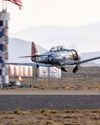
Flying
The Temple of Speed
Reno entices even this altitude-oriented pilot.
6 mins
December 2021

Flying
Flat Sixes
Fanatical artisans
5 mins
December 2021
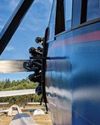
Flying
Blue over Green, Tent in Between
I’m old , I’m cranky. Why do I keep air-camping?
5 mins
December 2021
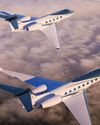
Flying
Gulfstream Reveals G400, G800
The product lineup gains large-cabin and ultralong-range mounts.
3 mins
December 2021
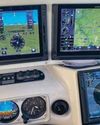
Flying
Every Airplane Requires a Checkout
Embrace the challenge of mastering a new machine.
3 mins
December 2021
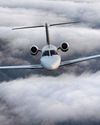
Flying
Fuhggedaboutit
Fifty-plus years of f lying forgetfulness
4 mins
December 2021

Flying
THE MAULE FAMILY APPROACHABLE AIRCRAFT
Choose your mount —the Maules do it all.
9 mins
December 2021

Flying
Sisters
“ Women certainly have the courage and tenacity required for long flights.” —Mildred Doran
5 mins
December 2021
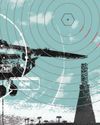
Flying
INSIDE OUT OR OUTSIDE IN?
What kind of pilot should you be?
5 mins
December 2021
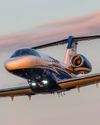
Flying
WE FLY: CESSNA CITATION CJ4 GEN2
THE FLAGSHIP CJ JUST GOT A WHOLE LOT BETTER.
15 mins
December 2021
Translate
Change font size

